How Invisalign Works
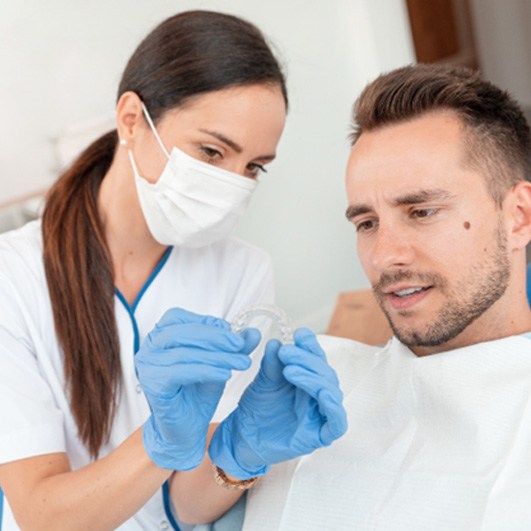
Orthodontic treatment is effective because it applies gentle, sustained pressure to the teeth in order to move them over time. Invisalign achieves this through a series of custom clear aligners, which are made out of a patented type of plastic. Each aligner moves your teeth slightly, and as you work your way through your entire series, your smile gets closer and closer to its ideal positioning. For your treatment to be successful, you should wear each set of aligners for 20 – 22 hours each day for about two weeks. You should also visit us for periodic checkup appointments.
Indications for Invisalign

Invisalign is an excellent way to treat most cases of mild to moderate dental misalignment. Here are some specific examples of problems that it is often used to address:
Crowded Teeth
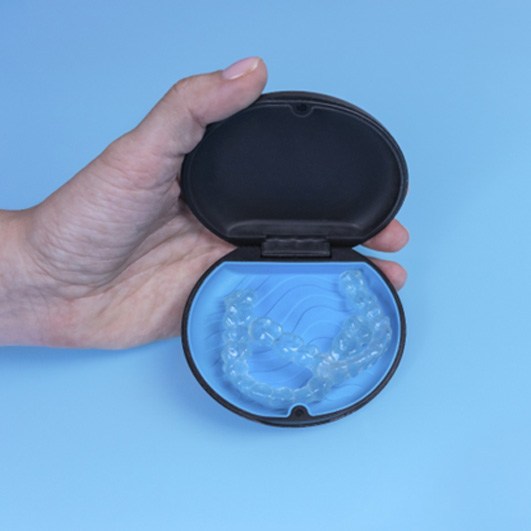
Overlapping and crowded teeth can trap food between them, putting you at an increased risk of dental decay, gum disease, and bad breath. Invisalign may be able to shift your teeth in a way that makes them easier to clean and optimizes their function.
Gaps Between Teeth
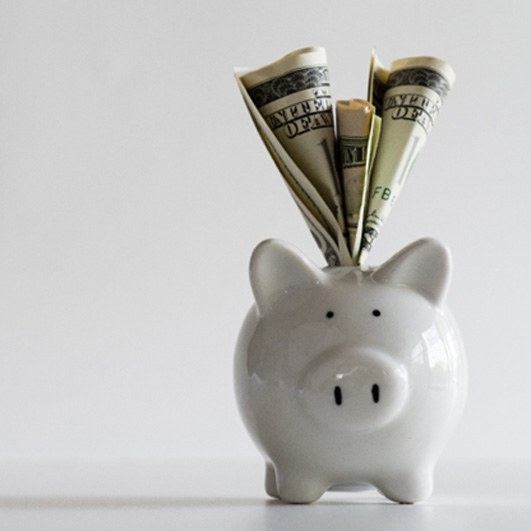
Extra space between your teeth can leave your gums vulnerable to harm, as well as negatively affect your appearance. Invisalign aligners are often able to shift teeth in a way that closes pesky gaps.
Bite Alignment
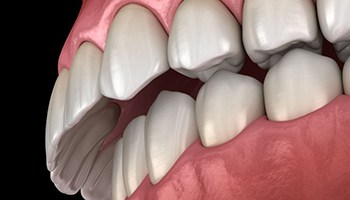
Overbite, underbite, crossbite, and open bite are common types of bite misalignment. Invisalign, along with special accessories, can correct these issues in many cases.
The Benefits of Invisalign

Invisalign offers multiple benefits:
- Fast treatment. Invisalign has a short average treatment timeline, often taking just 12 – 18 months. In contrast, traditional braces may take 18 months or longer.
- Freedom to eat what you want. There are no dietary restrictions during Invisalign treatment, allowing you to enjoy all of your favorite foods without worry. Just be sure to remove your aligners whenever you eat!
- Easy oral hygiene. Oral hygiene is hassle-free with Invisalign since the aligners are removable, making it easy to brush and floss your teeth just as you normally would.
- Fast and easy check-ins. Invisalign checkups tend to be brief, often lasting just 15 – 30 minutes.
- The aligners are designed for comfort, meaning there should be minimal irritation to your mouth throughout your treatment.
How Much Does Invisalign Cost?
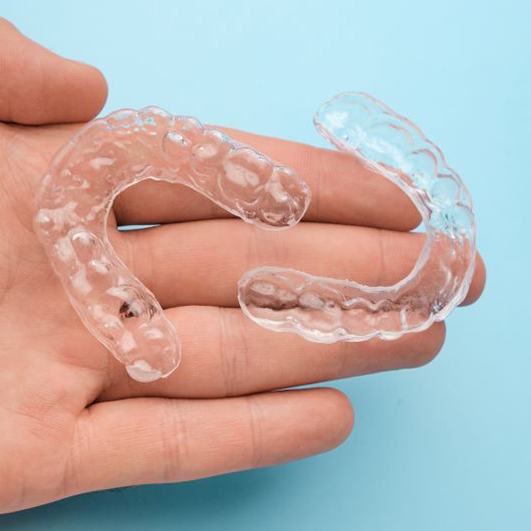
The cost of Invisalign depends on how many aligners you need and a number of other factors. During your consultation, we can provide a personalized estimate. Since Invisalign is a brand-name and is considered a premium treatment, it often costs a few thousand dollars or more.
We want to help you afford your treatment, so be sure to ask about available provisions. For example, you might be eligible for low-interest financing. Or, you might consider our in-house alternative to Invisalign, which has a lower price but delivers similar benefits.
Rest assured that even though Invisalign might seem pricey, it can be a smart investment in your confidence and long-term oral health!
Invisalign FAQs
Can You Get Invisalign After Braces?
Yes, even if you’ve previously worn braces, you can still use Invisalign to correct any alignment problems that may have developed since then. Even after braces, your teeth might become crooked again due to a number of factors. Invisalign is often an excellent choice for these types of issues.
Furthermore, braces and Invisalign can often be used in combination with each other. For example, if you have a severe bite problem, you might require traditional braces to correct it. Once that’s done, you may be able to switch to Invisalign to address any remaining orthodontic issues.
To determine whether you will be able to get Invisalign after braces, you will need to schedule a consultation with our team. We will examine your mouth thoroughly and consider the current positions of your teeth. Then we will help you figure out the best steps to take to achieve the straighter smile that you deserve.
Who is Not Eligible for Invisalign?
Invisalign is not recommended for children under the age of 13 since the treatment requires the patient to have most or all of their permanent teeth. Even if you’re above the minimum age, Invisalign may not be the best choice for you if:
- You have a severe orthodontic problem that can only be addressed with traditional braces.
- You are a smoker and are unable to kick the habit for the duration of your Invisalign treatment. Not only can cigarettes easily stain Invisalign aligners, but the heat they emit could warp or otherwise damage the plastic that the aligners are made of.
- You have teeth that are unusually small, worn down, or misshapen. These types of issues often require additional types of dental work.
Can You Eat with Invisalign Aligners In?
Attempting to eat with your Invisalign aligners still in your mouth can result in serious problems. For one thing, your aligners could end up breaking or developing highly noticeable stains. On top of that, trying to chew with your aligners can put more pressure on your teeth than normal.
To be on the safe side, you should always take your aligners out and store them in their protective case before enjoying a meal, a snack, or a beverage. The only exception is room-temperature water, which you can drink even while wearing your aligners.
Does Invisalign Hurt?
Wearing a new Invisalign aligner for the first time can cause a bit of discomfort, but it’s worth noting that this is a sign that the treatment is working as intended. The discomfort is the result of the aligners putting small amounts of pressure on your teeth, which will gradually help guide them to where they need to be. As your mouth becomes accustomed to the aligner, the discomfort should eventually fade. Until then, you can manage it with ibuprofen or another type of over-the-counter pain reliever.







